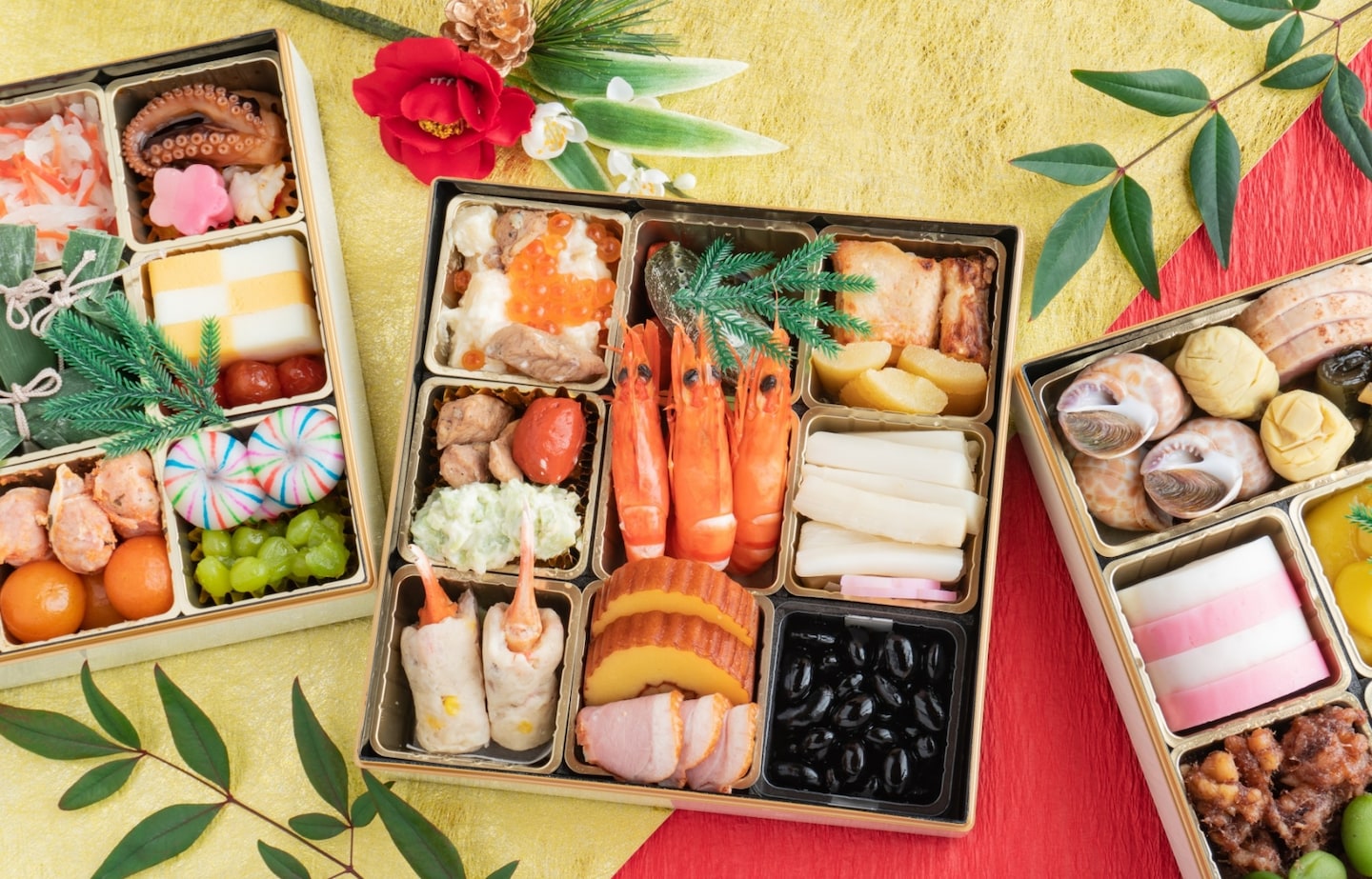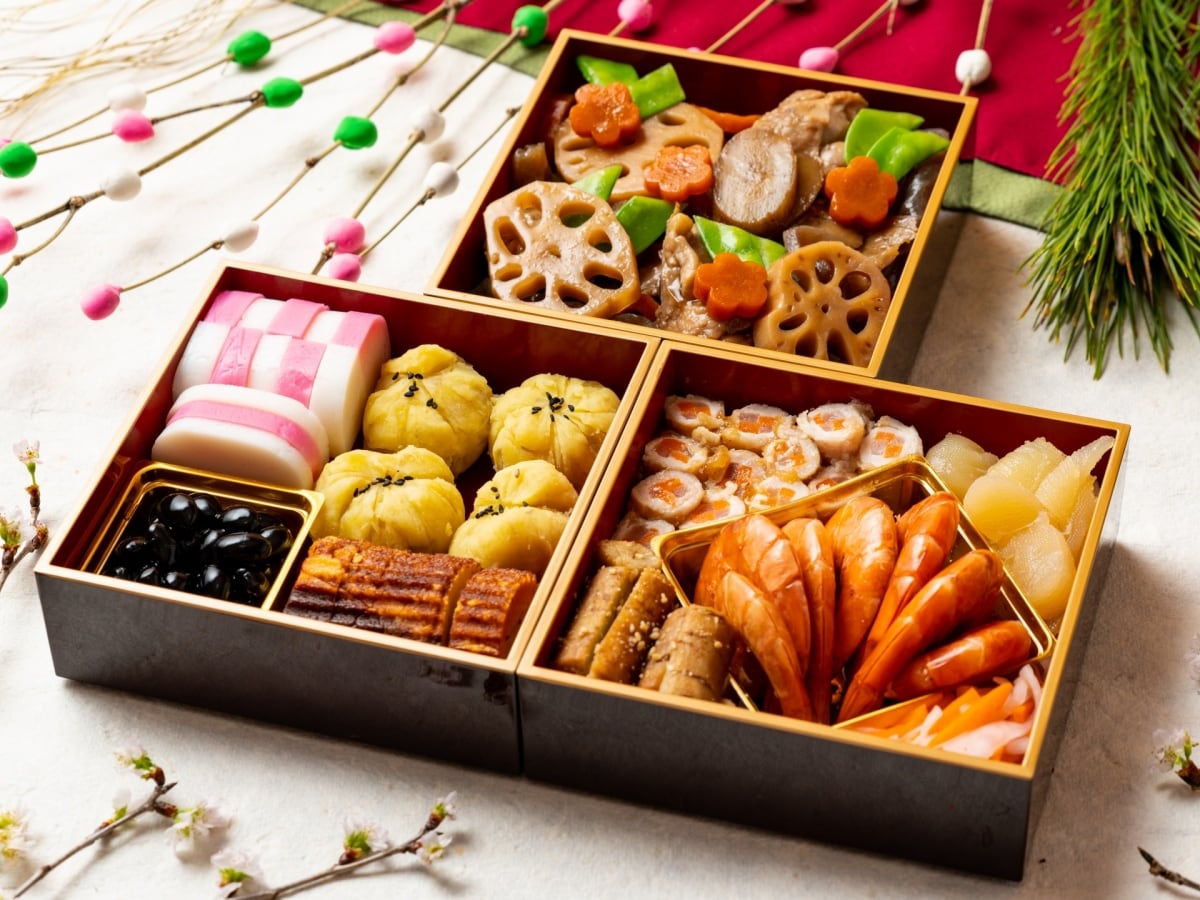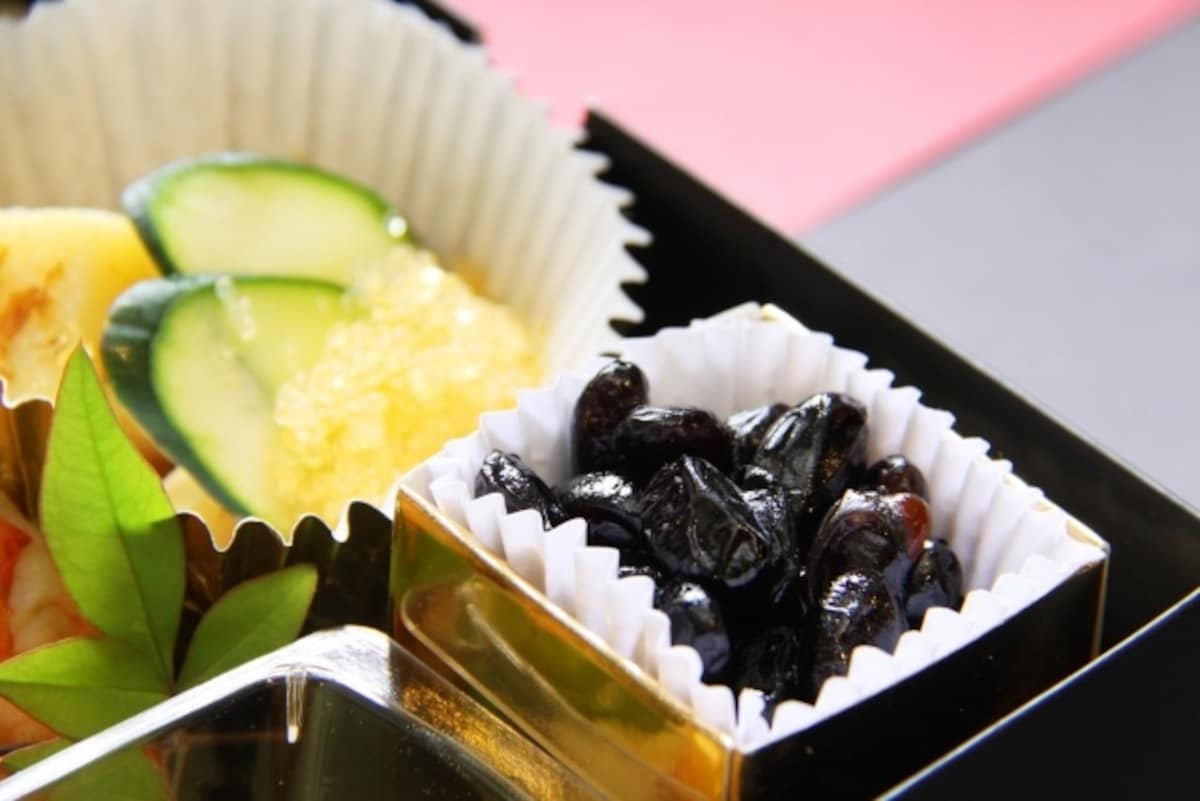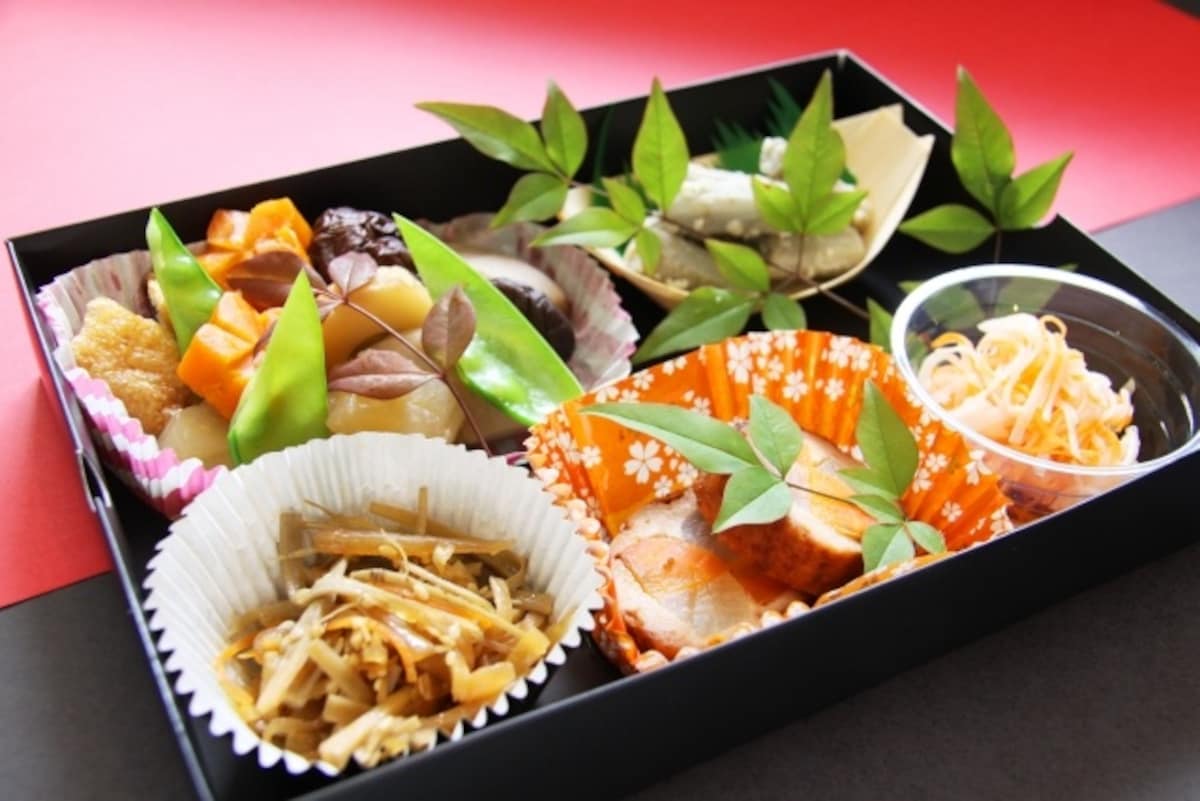Osechi: The Festive Cuisine of New Year's Day

Like many people around the world, Japanese enjoy a uniquely festive cuisine on New Year’s Day and the following holidays. Each of the dishes reflects an aspect of rich Japanese culture. Let’s take a look at these unusual, colorful foods and the meaning behind them. (Image from Photo AC)
By Masayoshi Sakamoto (坂本正敬)The Origins of This Festive Seasonal Cuisine

A colorful New Year selection of dishes in a traditional lacquered box. (Image from Photo AC)
The very particular cuisine prepared for New Year's Day in Japan comes from a concept adopted from China about 1300 years ago, in which each year has five important seasonal days. This philosophy was first followed by the Japanese nobility, which showed their appreciation through seasonal dishes. During the Edo period (1603–1867), the common people also began celebrating the days with food.
The dates of the five days had changed over the years, but by the Edo period they had become January 7, March 3, May 5, July 7, and September 9. Although it was no longer one of the five days, New Year’s Day remained an eventful one, as people continued celebrating and preparing fancy cuisine.
The name of the cuisine served at New Years is called osechi, a polite and abbreviated form of sechiku, the name for all the festive dishes prepared for the seasonal celebrations.
All festive dishes prepared for the seasonal celebrations are sechiku; but the meal for New Year’s Day is of particular significance, and people give special weight to the diet. The honorific prefix o is added, and the word sechiku is abbreviated to form the word osechi.
Each Ingredient is an Augur of Good Fortune

Black beans (kuro-mame) are representative ingredients of osechi. (Image from Photo AC)
Every locality around Japan has adopted its own unique dishes for osechi, though all share something in common. The Tokyo and Osaka styles, for example, are slightly different, but a few representative ingredients are the same.
The Osechi menu consists of grilled food, simmered dishes, vinegared vegetables, and festive dishes.
Representative festive dishes are black beans (kuro-mame), salted herring roe (kazunoko), grilled bream (tai), kelp rolls (konbu-maki), shrimp, and such. Each has an auspicious meaning.
Black beans (kuro-mame), for example, are thought to be favorable because the word mame has two meanings: “beans” and “diligence.” Japanese eat the black beans hoping for a tireless capacity for work in the coming year.
Similarly, the shimmering yellow color of the sweet chestnut paste (kuri-kinton) reminds us of gold or money, and it is thought to be a sign of making a good fortune.
Shrimps are another good omen: because they have round backs, they are seen as a symbol of happy aging.
The New Year holidays in Japan center around the extended family. Most families start cooking the osechi dishes a few days before New Year’s Eve and put them all in round or square lacquered food boxes. Family members and relatives gather to celebrate the beginning of the year and dine on the osechi cuisine over the holiday period from January 1 to 3.
The Specifics of Osechi Holiday Dining

Cooking osechi dishes is complex and time consuming (notice the carved carrot pieces in one dish). (Image from Photo AC)
Osechi dishes are not available at other times of the year, so you’ll have to be in Japan during the New Year holidays if you’d like to partake of this cuisine. Department stores, supermarkets, even convenience stores sell grilled ingredients for preparing certain dishes. They also sell complete “lunch box” style servings that even include chopsticks.
Whether you are dining on one of these pre-made meals or at someone’s home, pay close attention to the shape of the chopsticks that are used for this cuisine before you dig in. They are thin at both ends, so they can be used by both gods and people together. The middle part is round and thicker; it somewhat resembles a bale of rice--an auspicious shape reflecting hopes for a good harvest in the coming year.
For Japanese young and old, New Years in Japan is a time of celebrating many traditional activities, from visiting temples and shrines, to sending greeting cards, and watching popular television shows while sharing time with family. Osechi is an intrinsic—and delicious—part of the celebrations: one that should definitely be shared if you have a chance.



